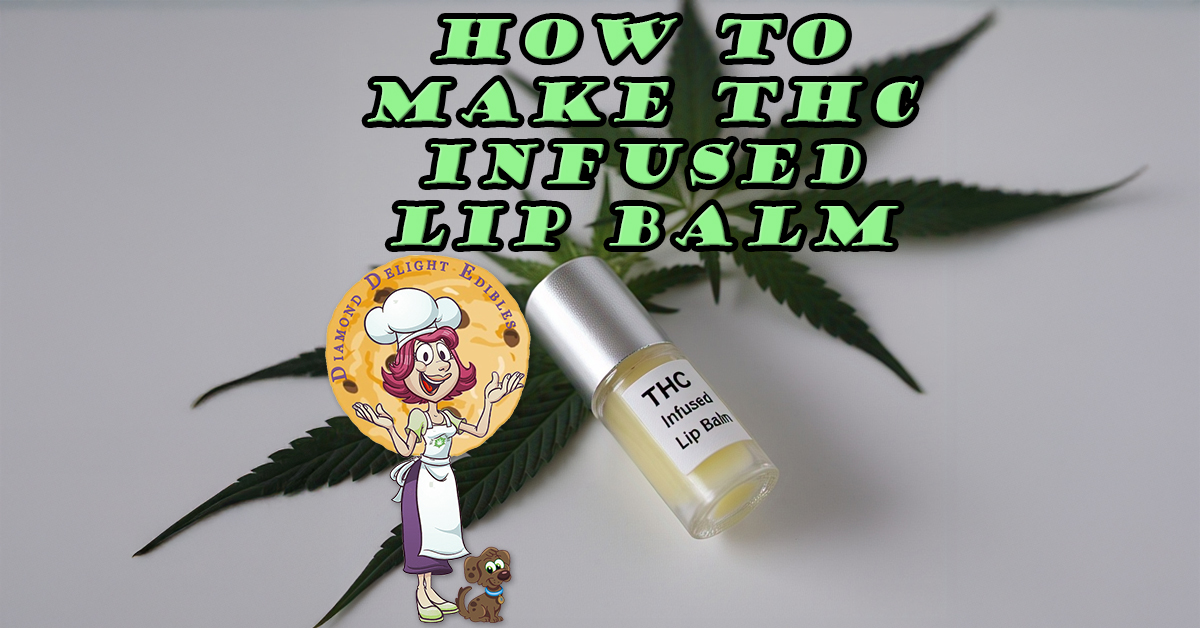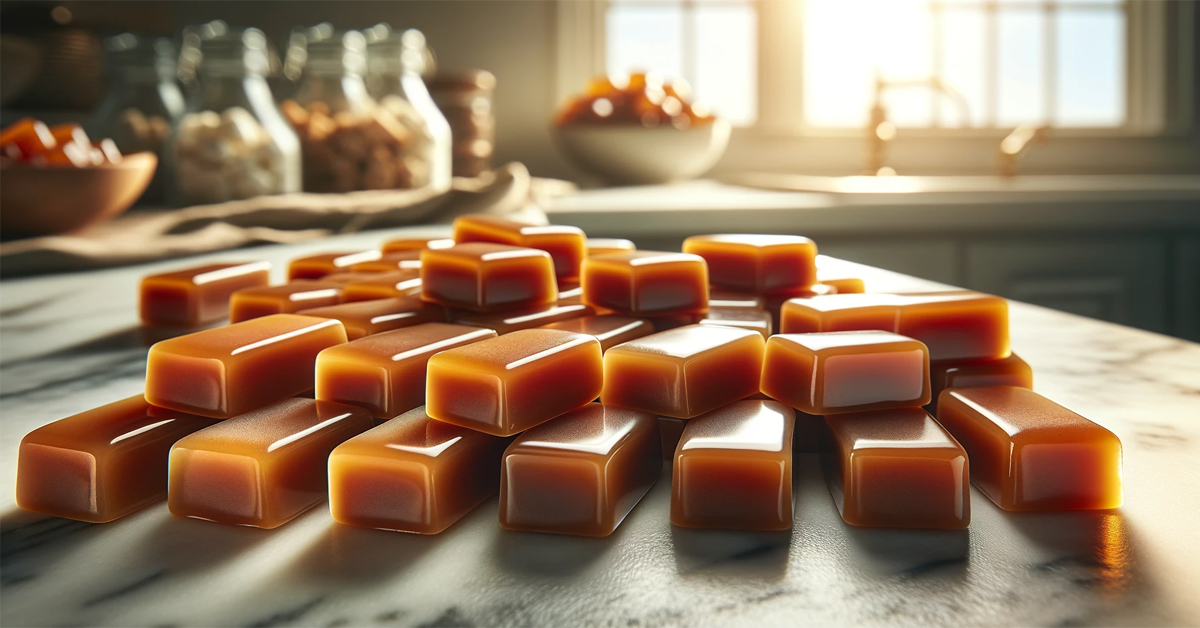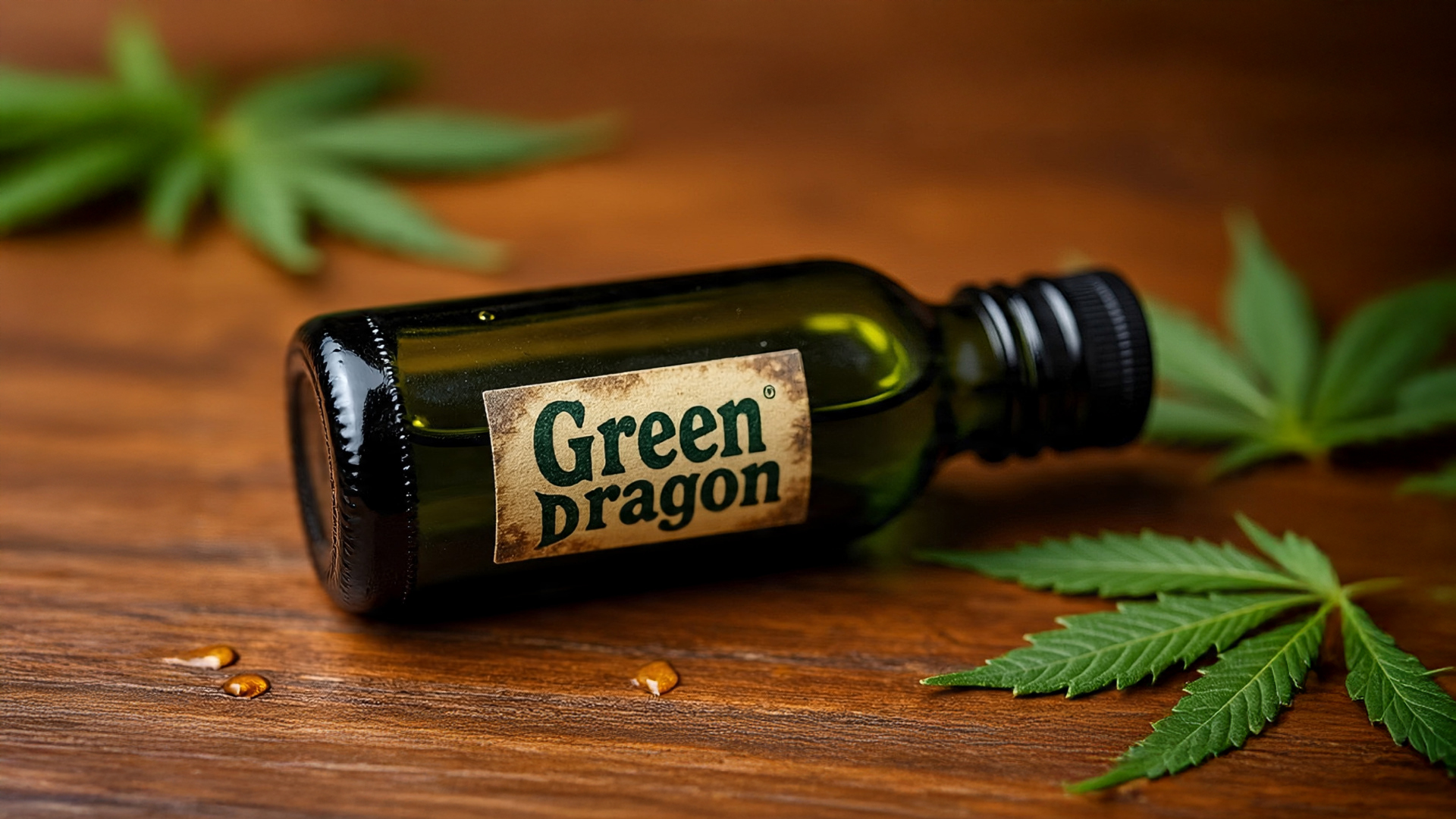Making THC-infused lip balm involves combining a cannabis-infused oil with standard lip balm ingredients. Below is a step-by-step guide to create a basic THC-infused lip balm at home. Note that working with cannabis may be subject to legal restrictions depending on your location, so ensure you comply with local laws. Always handle cannabis products responsibly and label them clearly to avoid accidental consumption.
Ingredients
- Cannabis-infused oil (e.g., coconut oil or olive oil): 1-2 tablespoons (adjust based on desired potency)
- Beeswax: 1 tablespoon (for texture and firmness)
- Shea butter or cocoa butter: 1 tablespoon (for moisturizing)
- Essential oil (e.g., peppermint, lavender): 5-10 drops (for flavor and scent, optional)
- Sweetener (e.g., honey or stevia extract): 1/4 teaspoon (optional, for taste)
- Vitamin E oil: 2-3 drops (optional, for skin nourishment)
Equipment
- Double boiler or a heat-safe bowl over a pot of simmering water
- Small mixing spoon or spatula
- Measuring spoons
- Lip balm containers (tubes or small tins)
- Dropper (for essential oils)
- Kitchen scale (optional, for precise measurements)
Steps for making THC Infused Lip Balm
Prepare Cannabis-Infused Oil (if not pre-made):
- Decarboxylate the cannabis: Grind 3-7 grams of cannabis flower and spread it evenly on a baking sheet. Bake at 240°F (115°C) for 30-40 minutes to activate THC. Stir occasionally to ensure even heating.
- Infuse the oil: Combine the decarboxylated cannabis with 1/2 cup of coconut oil (or another carrier oil) in a double boiler or a mason jar placed in a pot of simmering water. Heat on low (160-200°F or 70-93°C) for 2-3 hours, stirring occasionally. Do not let it boil.
- Strain: Use cheesecloth or a fine mesh strainer to remove plant material, leaving only the infused oil. Store in a clean jar.
Melt Ingredients:
- In a double boiler, combine 1-2 tablespoons of cannabis-infused oil, 1 tablespoon of beeswax, and 1 tablespoon of shea or cocoa butter.
- Heat on low until fully melted, stirring gently to combine.
Add Optional Ingredients:
Once melted, remove from heat and add 5-10 drops of essential oil, 1/4 teaspoon of sweetener (if using), and 2-3 drops of vitamin E oil. Stir well.
Pour into Containers:
- Carefully pour the mixture into lip balm tubes or small tins. Work quickly, as the mixture will start to solidify as it cools.
- Use a dropper or small funnel for precision to avoid spills.
Cool and Set:
Let the lip balm cool at room temperature for 1-2 hours or until fully solidified. You can place containers in the fridge to speed up the process.
Store and Label:
- Cap or seal the containers. Clearly label them as “THC-Infused” to prevent accidental use.
- Store in a cool, dry place or refrigerate for longer shelf life (up to 6 months).
Potency Considerations
- Calculate THC content: If you know the THC percentage of your cannabis (e.g., 20% THC), you can estimate potency. For example, 1 gram of 20% THC cannabis contains 200 mg THC. If you use 5 grams in 1/2 cup (120 ml) of oil, and then use 2 tablespoons (30 ml) of that oil in the recipe, the batch contains approximately 250 mg THC. Divide by the number of lip balm containers (e.g., 10 tubes at 0.15 oz each) to estimate per-unit potency (~25 mg THC per tube). Adjust based on your preference and tolerance.
- Start low: THC in lip balms may absorb minimally through the skin but can be ingested if licked. Start with low-potency oil and test a small amount to gauge effects.
Safety and Tips
- Ventilation: Decarboxylation and infusion can produce a strong cannabis odor. Work in a well-ventilated area or use an exhaust fan.
- Cleanliness: Sterilize containers and tools to prevent contamination.
- Test for allergies: Patch-test the lip balm on your skin to ensure no adverse reactions to ingredients.
- Legal compliance: Verify that producing THC-infused products is legal in your area. In some regions, even personal use may be restricted.
- Use responsibly: THC lip balm is not for children or pets. Store securely and inform others in your household.
Customization
- Adjust the beeswax-to-oil ratio for texture: more beeswax for firmer balm, more oil for softer balm.
- Experiment with essential oils like vanilla, citrus, or eucalyptus for different flavors.
- Add natural colorants (e.g., beet powder) for aesthetic appeal, but use sparingly to avoid graininess.
If you have pre-made THC oil or want to adjust the recipe for a specific potency, let me know, and I can help refine the calculations or suggest variations!



